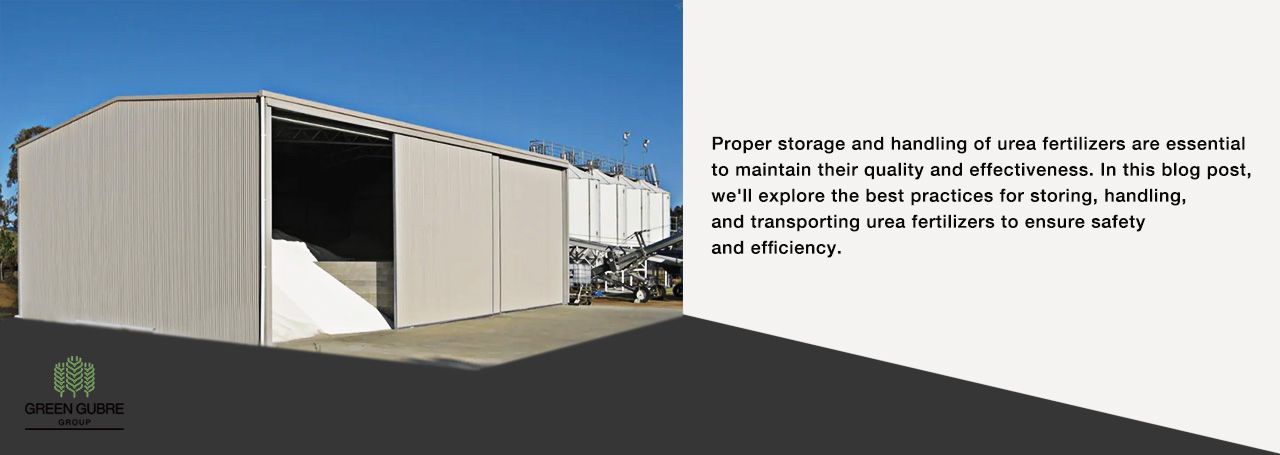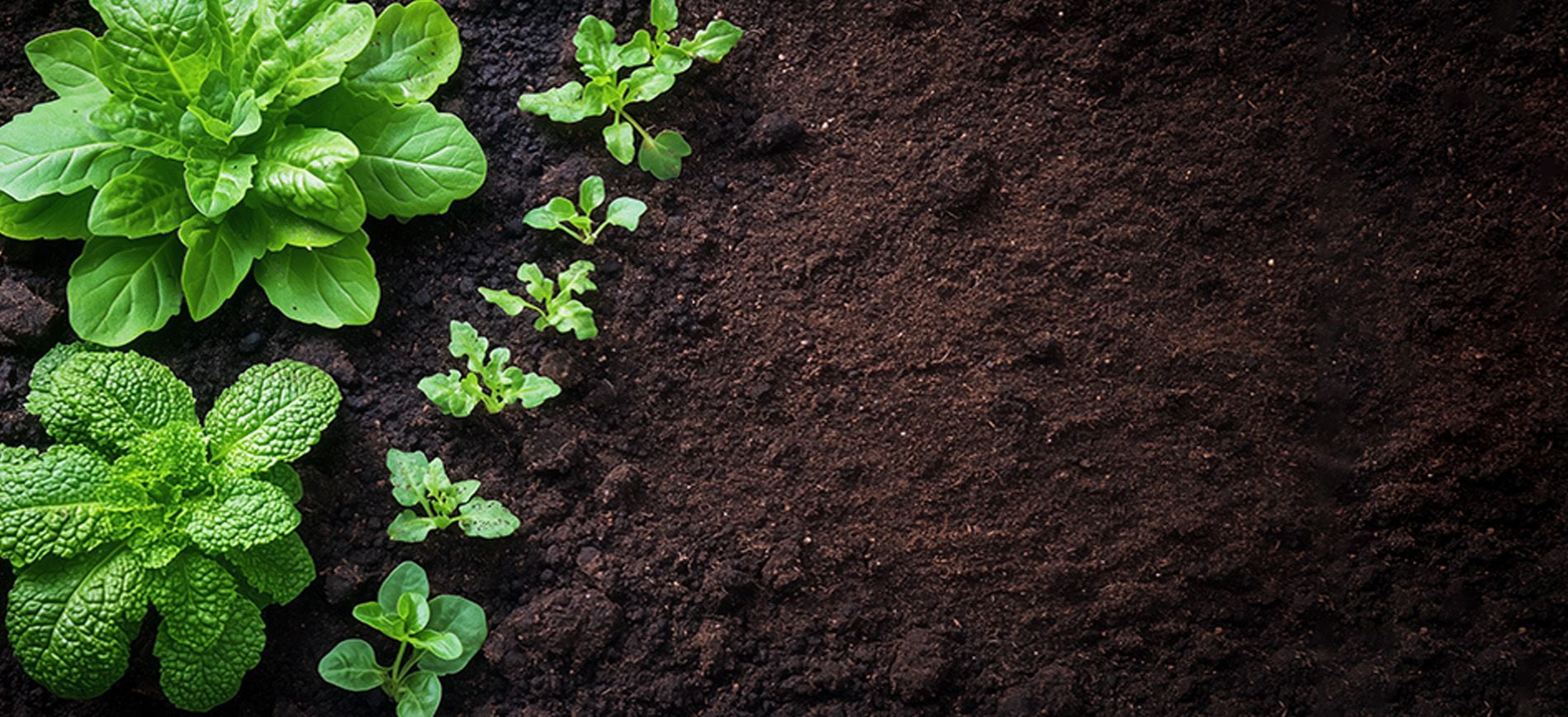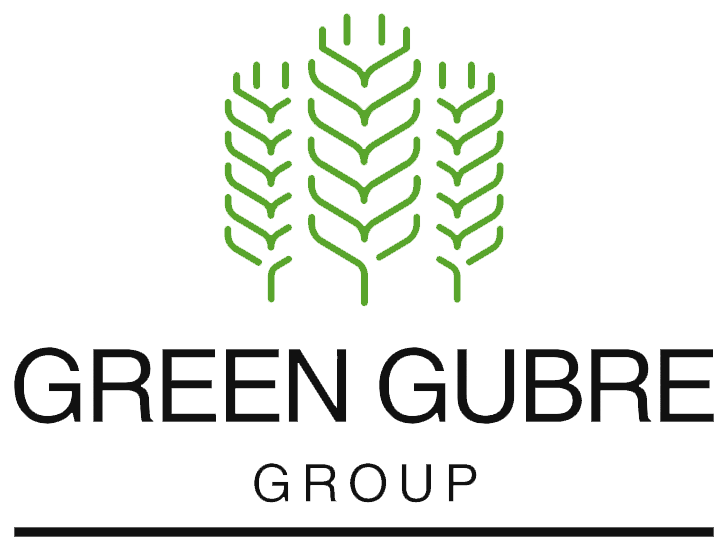Best Practices for Storing and Handling Urea Fertilizers
Author name
Best Practices for Storing and Handling
Urea Fertilizers

- Storage Conditions:
Cool, Dry Place: Store urea in a cool, dry place to prevent moisture absorption and caking. Moisture can cause urea to clump, making it difficult to spread.
Airtight Containers: Use airtight containers or bags to minimize exposure to air and humidity. This helps preserve the quality of urea and extends its shelf life. - Handling Procedures:
Careful Handling: Handle urea with care to avoid physical damage and spillage. Damaged urea can lead to uneven application and reduced effectiveness.
Protective Equipment: Use appropriate protective equipment, such as gloves and safety glasses, to prevent skin and eye contact. Urea can cause irritation, so handling it safely is crucial. - Transportation Tips:
Covered Vehicles: Transport urea in covered vehicles to protect it from rain and humidity. Exposure to moisture during transportation can degrade the quality of urea.
Secure Containers: Ensure that transportation containers are secure and free from leaks. Properly sealed containers prevent spillage and contamination. - Safety Considerations:
Avoid Heat Sources: Keep urea away from sources of heat and ignition. Urea is stable under normal conditions but can decompose at high temperatures.
Separate Storage: Store urea separately from other chemicals to avoid contamination. Mixing urea with other substances can lead to hazardous reactions. - Disposal of Waste:
Follow Regulations: Dispose of urea packaging and waste according to local regulations. Proper disposal ensures environmental safety and compliance with legal requirements.
Prevent Pollution: Avoid disposing of urea in water bodies to prevent environmental pollution. Urea can contribute to water pollution, harming aquatic life.
Following best practices for storing and handling urea fertilizers ensures their longevity and effectiveness while maintaining safety and environmental standards. By adhering to these guidelines, farmers and agricultural professionals can maximize the benefits of urea fertilizers and promote sustainable farming practices.




